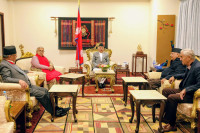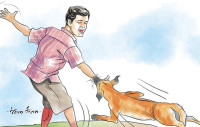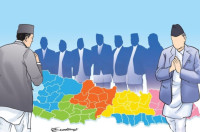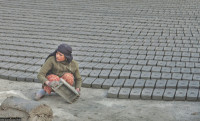Opinion
Building bridges
Recent floods, landslides have shown that disasters can be managed domestically if preventive measures are in place.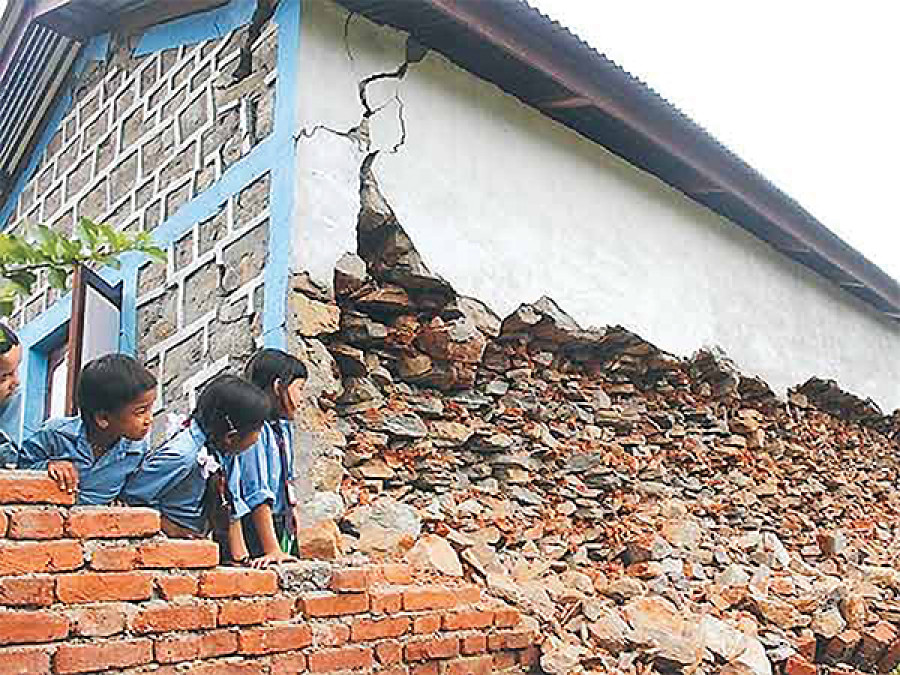
It is this unique way of working as a tight-knit humanitarian network that allows the Red Cross to be present before, during, and after disasters. It is also a way of working that we are anxious to develop in the face of increasing disasters risks globally. This week, I am particularly grateful for the opportunity to meet with His Excellency the Head of State of Nepal to discuss humanitarian issues of common concern.
Staying prepared
In 2013, 100 million people were affected by disasters, out of which 87 million were in Asia, according to the World Disasters Report 2014 by the International Federation of Red Cross and Red Crescent Societies (IFRC). The IFRC is very concerned about the poorest and most vulnerable groups—including women, children, and migrants—who are time and again disproportionally affected by disasters.
In Nepal, there are long-held predictions that a major earthquake could strike the Kathmandu Valley, which is home to an estimated population of 2.5 million. The humanitarian consequences of such an event are likely to be widespread and devastating. Indisputably, it will also entail a few moral questions: Did all the stakeholders, with the Government of Nepal as the main provider of care for its citizens, do all they could in their power to ensure a maximum of preparedness? Were early warnings signals paired with early action and people adequately trained?
The most important area of focus is always what is taking place in advance, like the seemingly everyday chores going unnoticed in the media. These include training in first aid and exercises in emergency response and logistics; maintaining early warning systems, as radio equipment; discussions with local communities and authorities on preparedness measures, such as evacuation routes; and retrofitting of schools and other buildings.
Last year, the prompt response to massive floods and severe landslides in Nepal showed that these incidents can be managed domestically, thanks to preventive measures and plans in place. In this regard, the government’s endorsement of a National Disaster Response Framework to facilitate preparedness planning and response is instrumental, also as to coordination of international assistance.
Bridging divides
Nonetheless, disasters can have far more wide-reaching humanitarian consequences than we anticipate. The 2011 Great Eastern Earthquake and Tsunami in Japan also became a nuclear disaster for the people of Fukushima prefecture. Even though Japan is a world leader in disaster-resilient engineering and early warning, this disaster taught us that we must anticipate the unimaginable.
Recommendations and experiences in disaster risk reduction from Nepal are important to learn from and will be taken forward as the IFRC participates in the World Conference on Disaster Risk Reduction. In the Japanese city of Sendai, a new 10-year roadmap for disaster risk reduction, the Hyogo Framework for Action 2 (HFA2) will be developed.
In Sendai, the IFRC will call for HFA2 to be more inclusive of a broader ‘community resilience’ agenda that integrates disaster risk reduction together with public health, poverty reduction, and climate change adaptation strategies. To do so, we have to close the divide between humanitarian assistance and development.
A telling example is how emergency water and sanitation is a central element in every disaster. Yet, to be able to address health issues like water-borne diseases, for example, a long-term commitment has to be put in place. In an attempt to reduce people’s vulnerability, I was, for two decades, part of an effort to improve water and sanitation at the village level. Thanks to the Nepal Red Cross, assisted by the Japanese Red Cross, we have reached over 1,460,000 people, who are now members of more resilient and safer communities.
It is therefore imperative to strengthen our efforts to build bridges across established divides.
Konoé is President of the International Federation of Red Cross and Red Crescent Societies (IFRC)




 12.12°C Kathmandu
12.12°C Kathmandu